 Back to the Be Inspired Blog
Back to the Be Inspired Blog

8 Tips for Growing Tastier Fruits & Veggies
Whether you’re growing fruit or vegetables from seeds or starters, the end goal is always the same: produce the tastiest possible harvest! Every gardener who grows food is working towards crisper carrots, sweeter strawberries, and juicier tomatoes than you’d find in even a high-end grocery store. As you can imagine, delicious produce doesn’t happen by accident! Here are eight tips for growing fruits and vegetables with the best possible flavor.
1. Choose a Location with Lots of Sunshine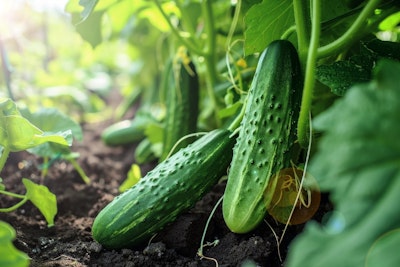
With very few exceptions, fruits and vegetable plants are powered by sunlight. Fruiting plants are especially light-hungry; not only does a strawberry plant need a lot of sunshine to grow all that gorgeous fruit, but it also needs plenty of warmth to ripen and develop all those amazing sugars and flavor compounds. Make sure wherever you’re planting gets between 6 and 8 hours of direct sunlight per day.
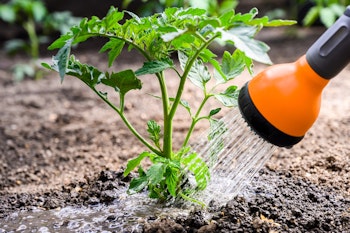
2. Keep a Consistent Watering Schedule
Watering doesn’t just hydrate your fruits and vegetables; it’s also critical for making soil nutrients available to your plants. Blossom end rot, a common affliction that can ruin a tomato crop, is generally caused by irregular watering that interrupts the plant’s uptake of calcium. Always water your crops on a regular basis to ensure the soil is kept moist and not waterlogged; a moisture meter is a great way to monitor this.
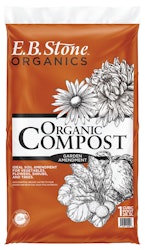
3. Amend Your Beds with Lots of Organic Matter
Organic matter is your vegetable bed’s best friend! Amendments, such as well-rotted manure or compost (we like E.B. Stone Organics Organic Compost), contain important nutrients that fuel your plants while also maintaining a healthy soil biome and good soil texture. All of these things are essential for keeping your garden beds healthy, which in turn leads to healthier fruits and veggies with better flavor.
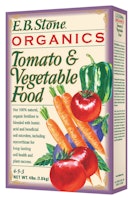
4. Use High-Quality Fertilizers
Not all fertilizers are created equal! Vegetables and fruits tend to be heavy feeders, which means it’s crucial to replenish their soil with essential nutrients. However, when choosing a fertilizer for your edibles, look beyond the NPK ratio! The best fertilizer for growing veggies and fruits are also rich in micronutrients, which help address the total needs of the plant. Try E.B. Stone Organics Tomato & Vegetable Food, which contains an impressive nutrient profile and beneficial microbes that help improve nutrient availability in your garden soil.
5. Don’t Hesitate to Thin Out Seedlings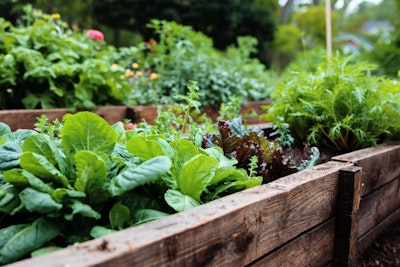
If you’re starting your crops from seedlings, you may be wrestling with the need to thin out your seedlings. After you’ve watched those little plants grow from teeny-tiny seeds, it can feel a little emotional (if not downright cruel!) to pluck out the weakest sprouts. However, it’s so important to fight the urge to play Mother Theresa—in this case, saving your struggling plants will drag your entire crop down! Take a deep breath and pluck the weaklings while they’re small.
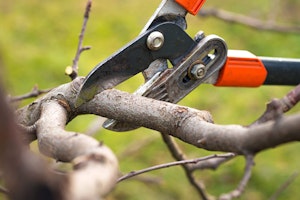
6. Be Diligent with Pruning
Whether you’re growing a fruit tree or a tomato plant, pruning matters! Without pruning, plants are prone to growing disorderly and developing unruly branches. This is a problem for a few reasons. For one, branches growing in funny directions may rub against other branches or create airflow problems that invite injury and disease. Furthermore, when a plant is busy diverting resources into growing new branches and foliage, it puts less energy into producing flowers and fruit. Make sure to prune off any downward-growing branches, remove suckers (new branches growing from the base or apex of a stem) as soon as you see them, and regularly clip off anything that looks dead, damaged, or diseased.
7. Harvest at the Right Time
For many of your favorite fruits and vegetables, genius can’t be rushed! Plants like melons and strawberries won’t continue to ripen after they’re picked, and even ones that do (like tomatoes and peppers) taste much better if allowed to ripen on the vine. For most fruits and vegetables, a good sign that they’re ready is when they come off the vine easily and without resistance. Root vegetables, like carrots, can be checked by digging a little around the plant. If they don’t look ready to eat, just push the soil back overtop and keep waiting!
8. Eat Right Away!
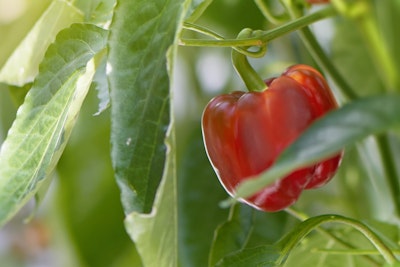
It’s a nearly universal rule that both vegetables and fruit never taste better than the moment they’re picked from the garden. For the best flavor, get in the habit of fetching your fruits and veggies from the garden right when you need them. They often last much longer in the garden than in the fridge, so don’t rush to harvest until you’re ready to eat!
With these tips, you’ll want to make your fruit and veggie crops the focal point of all your recipes! Visit our garden centers in the South Bay area for more tips, recommendations, and products for growing your most delicious harvest yet.

